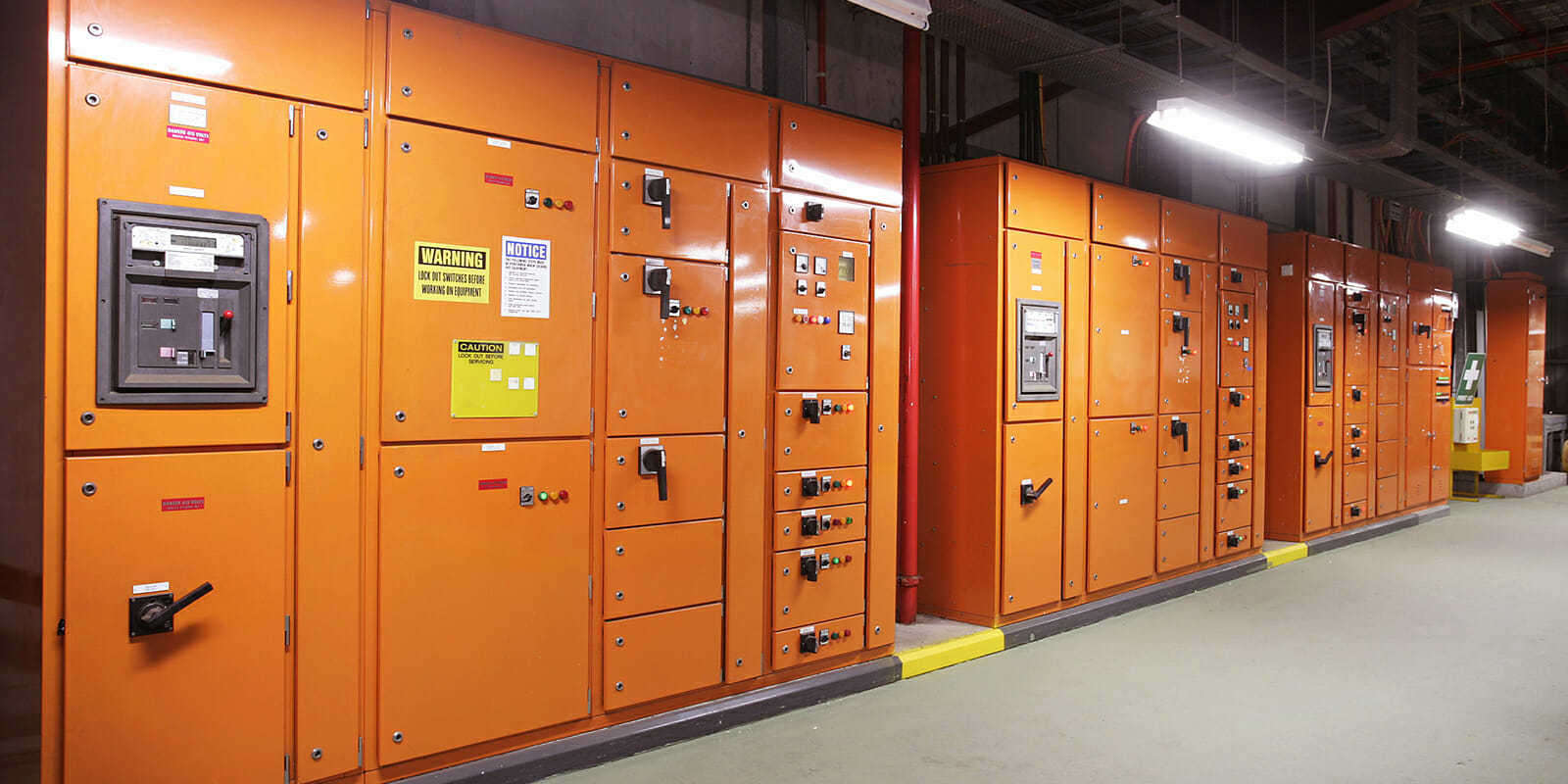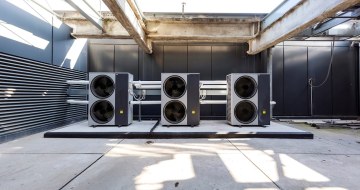
November 6, 2024 in Advisory Notes
Integrated Fire Mode Testing — Fundamental to Buildin...
Modern fire protection systems are now often integrated into other building systems and require a comprehensive testing approach to assure they will o...
June 24, 2021

In Australia, the design and construction of switchboard assemblies not exceeding 1,000 V a.c. or 1,500 V d.c. previously followed AS/NZS 3439. This standard provided guidelines for the manufacture, testing and certification of all low voltage switchgear and the associated control gear assemblies.
Upgrades from AS/NZS 3439 to AS/NZS 61439 include:
Upgrades to existing switchboards built to previous standards are now more onerous. Replacing like-for-like components replacement is permitted, but changes to the switchboard itself results in upgrades to the section, which is practically an upgrade to the switchboard.
The Design Verification process listed in the standard highlights key components to be conformed with, including:
Temperature Rise Calculations consider elements within the assembly, such as busbars and functional units, which need to be designed to withstand required operating conditions. Temperature calculations to comply with temperature limits are now provided with additional information on applied rated diversity factors.
Arc fault containment remains an optional component of the standard and a comprehensive list of common risks are identified including possible causes of failures within switchboards. Key components at risk due to incorrect or no maintenance are listed as common causes, with highlighted risks including:
AS/NZS 61439 includes a number of parts which are already published and applied. These being Part 0 – Guide to specifying assemblies, Part 1 – General Rules and Part 2 – Power Switchgear and Controlgear. It is of note that Part 3 – 6 detailing requirements for distribution boards, assemblies for construction sites or power distribution and busduct systems are proposed to be included within the AS 61439 series, superseding the international standard IEC 60439.
AS/NZS 3000 Amendment 2 provides further guidance to the industry on the introduction and application of the AS/NZS 61439 standard. The amendment also details circumstances where a switchboard does not require Design Verification to
AS/NZS 61439 including:
In these instances, independently verified assemblies can be achieved relying on manufactures component assessment and certification.
The AS/NZS 61439 Low-voltage Switchgear and Controlgear Assemblies standard and Amendments to the Wiring Rules can be obtained from SAI Global at https://infostore.saiglobal.com/
For guidance on design, modification, operation, maintenance and management of electrical infrastructure within facilities contact:
John Topouzakis
Discipline Leader (Electrical), A.G. Coombs Advisory
P: +61 3 9248 2700 | E: jtopouzakis@agcoombs.com.au

November 6, 2024 in Advisory Notes
Modern fire protection systems are now often integrated into other building systems and require a comprehensive testing approach to assure they will o...

August 8, 2024 in Advisory Notes
Over the past decade, automated data analytics have been seamlessly integrated into various facets of our daily lives, including the operation and mai...

June 24, 2024 in Advisory Notes
Mould plays an important role in the natural environment as a break-down mechanism for dead organic matter. In the built environment it is an unwanted...

April 30, 2024 in Advisory Notes
A lot has changed since A.G. Coombs released our first Advisory Note on heat pumps back in 2018. Increasingly, asset owners are no longer asking if he...